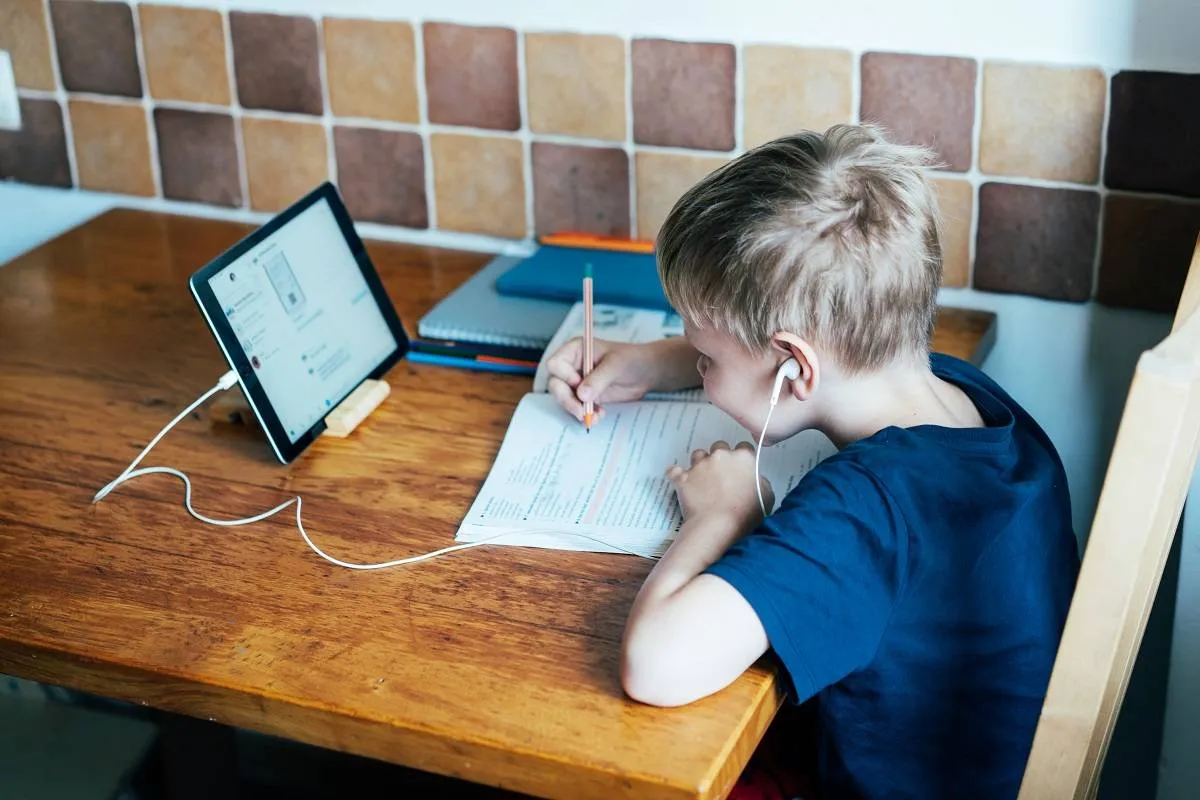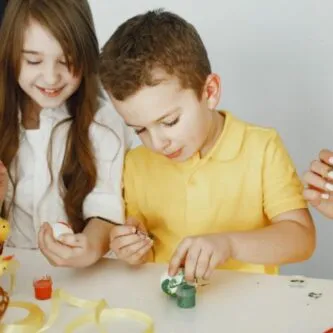
If you’re a parent who has a child transitioning to the virtual classroom, it’s important to be aware of the many tips to help your child adjust to distance learning. The change in the learning environment may not be something that your child can easily adapt to. It’s common for minor issues and other technical problems to surface in the beginning as a result of this transition.
Some of these problems may have a temporary effect on your child’s performance. But instead of being critical of your child, being flexible, showing patience, and creating a space inside the home that’s conducive to their learning, should be prioritized. Read on to learn more.
Be Flexible
Put yourself in your child’s shoes. How would you feel if you’ve suddenly been put into an unfamiliar learning territory? Adjusting as soon as possible is the ideal outcome, but this may not really be immediately possible.
In much the same way that you’d expect flexibility, you should also adopt a more flexible approach towards your child’s learning. For example, your child may be requiring specialized devices just so they could remain engaged while studying at home.
Showing flexibility might come in the form of letting them use their own devices. Or it could also be in the way that you don’t try to put too much pressure on them to perform well in their studies.
Show Patience
Not all children have the same learning and adaptive capabilities. Knowing this, it’s important that you show your child patience during distance learning. Your child is following their own pace — just because they can’t immediately show positive results in their studies, doesn’t mean that they won’t be able to.
Being patient may manifest in different ways. For example, if your child is studying for an exam, try to help them as much as you can by answering any questions they might have, about a lesson that they don’t understand. If they’re having trouble with using their online learning platform, you can try assisting them.
This is a stressful time not only for you but also for your child. Show patience and allow them to go at their own pace, especially if they’re really experiencing difficulties.
Organize a Study Room
Although the home is vastly different from the classroom, there is a way for you to make your child feel like they’re still in the traditional learning space. Do this by helping them organize their study room.
Choose an area in the house that’s quiet and doesn’t have too many distractions that can affect your child’s focus. You may want to prioritize the ergonomics of the space — i.e. by adding elements like lighting and furniture that may help improve your child’s efficiency and productivity.
Make sure that the room won’t be prone to internet connectivity issues. Natural lighting and ventilation are also important in facilitating the adjustment for your child.
Make a Calendar
Since your child is studying from home, they may easily forget deadlines and other school-related activities that they have to do. To help with this issue, you should try to make it a collaborative effort between you and your child to ensure that their calendar fits well with their schedule.
Include any important activities like homework, project deadlines, exams, tutoring sessions, or any school-related online event that your child shouldn’t miss. Make sure that the calendar is also aligned with their online class schedules so as to avoid conflicts.
Although it’s a simple tool, a calendar helps both you and your child to stay on top of their learning. It’s also a good habit when making home learning more organized and manageable.
Key Takeaway
Children who are transitioning from the traditional classroom environment to distance learning may experience difficulties in the beginning. Without the usual learning setup, they may not easily remain organized and focused. Even if you may want to prevent it from happening, there are still some inevitable factors that can affect your child’s distance learning performance.
Keeping this in mind, you need to practice several tips to help your child adjust to distance learning. Showing them kindness, being patient with them, helping them come up with a study space, or making a calendar can be good practices that every child may start with.






-logo.png)



